Evolution of the Las Vegas Strip – From Dusty Deserts to Global Gambling Hub
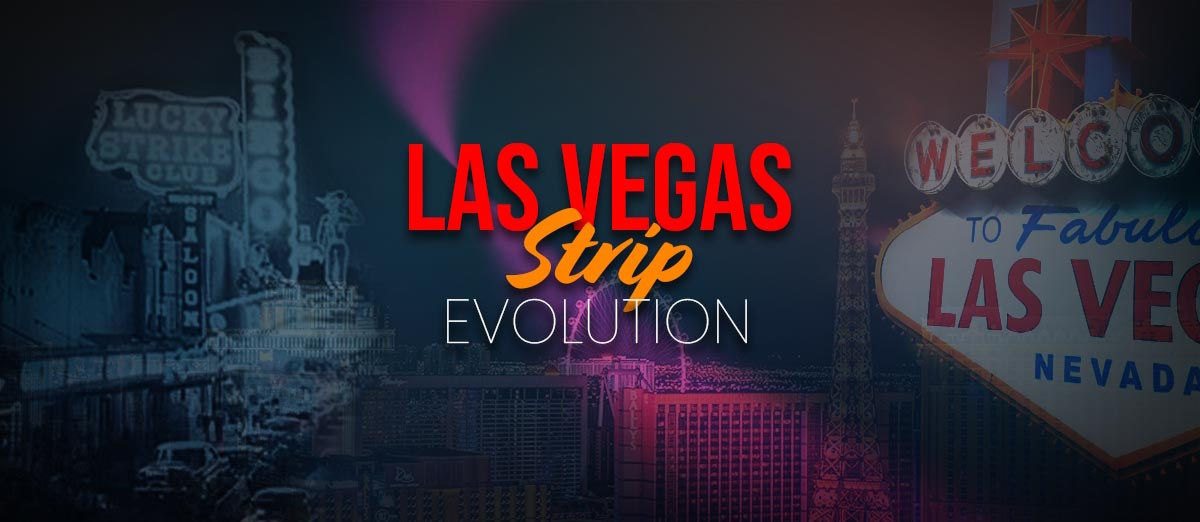
The Las Vegas Strip is perhaps the world’s most-known hub for gambling. Featuring a plethora of grand casinos and resorts, it has developed from a dusty desert area to the central focus for avid gamblers from around the world. It was over 100 years ago that this development began, and we’re going to take a historical look at how the Las Vegas Strip evolved into its currency day setup.
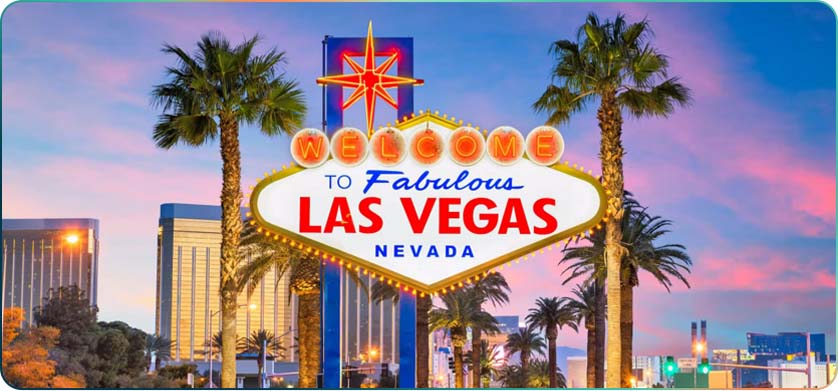
Back to the Beginning
The very first casino to be constructed in Las Vegas was the Golden Gate Hotel and Casino, previously known as the Hotel Nevada. This establishment began building in 1905 after the land was purchased on the corner of Fermont and Main Street for $1,750. One year later, the venue officially opened, and it ran without issue for five years. In 1910, due to new gambling regulations, the activity was banned in Nevada, forcing the owner John F. Miller to remove all gaming tables.
It wasn’t until 1931 that gambling became legal in the state once again. Fremont Street also became the very first paved street within Vegas, and it was at this point that the hotel above changed its name to the Sal Sagev (the reversal of the name Las Vegas). It took on its first expansion at the same time.
Across the United States, the Great Depression hit between 1929 and 1939. Once the Hoover Dam was authorized, an increasing number of unemployed people relocated to southern Nevada. Las Vegas bloomed from a small city of around 5,000 people to more than quadruple that amount. Workers looked to help with the construction of the dam, and gambling was reintroduced alongside this, giving them a chance to enjoy gaming and build up tax revenue in the state.
Formative Years of the Vegas Strip
In April of 1941, the first full-service casino resort, the El Rancho Vegas, opened on what is currently known as The Strip. It featured 63 bungalow hotel rooms (both the casino and showroom were destroyed by a fire in 1960, while the bungalows remained unharmed and rented out until the early ‘80s). The success of this casino spawned a second hotel in the Hotel Last Frontier, constructed the following year.
Many people took an interest in the growing Vegas gambling hub, including organized crime figures like Bugsy Siegel. He funded another resort, opting to mob-finance the completion of the Flamingo on The Strip. This casino opened in 1946, with its adjoining hotel opening in ’47. It was then Wilbur Clark’s Desert Inn resort, which opened in 1950, that rounded out the selection of casino operations for the time.
It was also in 1950 that the then City of Las Vegas Mayor, Ernie Dragin, sought to annex the Las Vegas Strip. It existed as an unincorporated Clark County territory at the time. Yet the Mayor wanted to expand the city’s tax base to fund his building aspirations and cover some of the rising debt of the city. Yet, Gus Greenbaum from the Flamingo resort led executives from several land-based casinos to lobby the Clark County commissioners and award The Strip town status. Instead, two unincorporated towns were created in Paradise and Winchester.
Caesars Palace established itself in 1966, and two years later, Armenian-American businessman and investor Kirk Kerkorian bought the Flamingo. He also hired Sahara Hotels Vice President Alex Shoofey as the president for the Flamingo establishment. It was Shoofey who brought along 33 top executives from the Sahara Las Vegas. They used the Flamingo as a base to train future employees of the International Hotel, which was in the process of being constructed. The hotel opened in ’69, featuring over 1,500 rooms, and this began the era of mega-resorts in Vegas.
Roaring ’80s and Expansion of the Mega Resort
It was in 1973 that the mega-resort era kicked into its next gear with the opening of the MGM Grand Hotel and Casino – also owned by Kerkorian. It stood as one of the largest hotels at the time, featuring over 2,000 rooms. This resort suffered the worst fire in the history of Vegas due to electrical problems in November 1980. A total of 87 people were killed in the event, but the casino and hotel re-opened eight months later. Kerkorian would go on to sell the resort to Bally Manufacturing in 1986.
The 70s and 80s saw a growing number of gambling-loving celebrities appearing in Las Vegas. Sean Connery filmed Diamonds Are Forever at many of the casinos found there in the 70s. Familiar faces like Elvis Presley and Frank Sinatra would turn up on the scene, putting on entertaining performances within the venues. Even Queen showed up during the 80s to doubtless provide a high-quality concert.
It was in 1989 that The Mirage was opened, bringing a new level of experience to Las Vegas. This resort, as well as several others, forced the closure or expansion of many smaller casinos and hotels on The Strip. Some of the key features found at The Mirage included tropical landscapes with waterfalls, world-class-chef-operated restaurants, Siegfried and Roy illusion and magic shows, and so on.
The ‘90s saw many vast resorts open, offering entertainment and dining options alongside the casino gaming and lodgings. The most expensive hotel and casino at the time – The Bellagio – was built in the 1990s, costing $1.7 billion.
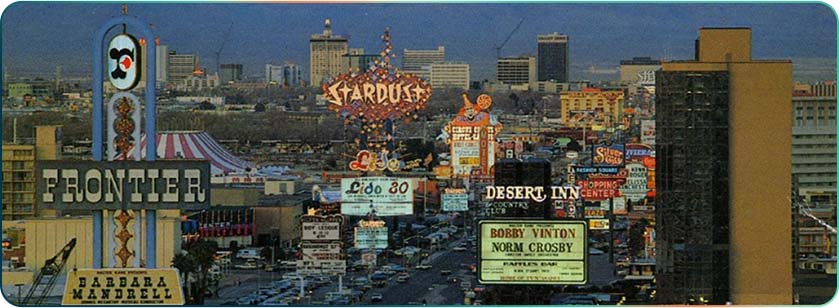
Modern Day Vegas
As the ‘90s ended and the new millennium came into effect, The Strip placed a heavy focus on luxurious, high-end resorts. This saw venues like the Venetian, Bellagio, Palazzo, Wynn and Encore establishments expand and renovate their buildings. Top-quality dining, speciality retail options, wonderful spas and popular nightclubs increased in their presence at these resorts.
In 2006, MGM Mirage announced its plans for CityCenter, which was a 66-acre multi-use project on the site of the Boardwalk hotel and adjoining land. This has since been expanded, and includes a hotel, casino, retail sector, art, condos, businesses, and various other capabilities.
The year 2012 saw the launch of the High Roller Ferris wheel, bringing new attractions into The Strip. Renovations and rebranding on venues in 2014, like those done on The Cromwell Las Vegas and SLS Las Vegas, helped with the continued transformation and evolution of Vegas. The Las Vegas Festival Grounds also opened in 2015, while the T-Mobile Arena, The Park and the Park Theatre opened the following year.
Masses of casinos have either opened, rebranded, re-designed, and so on over the proceeding years. The Las Vegas Strip has been built up to be a mega-center for gambling, tourism, business, and much more.
Constructions are already underway, and plans for the future include The Sphere at the Venetian Resort, The Fontainebleau Las Vegas grand opening, Dream Las Vegas with its casino and 20-story boutique hotel, and the All Net Resort & Arena (expected to open in 2025). The last of those will feature a 23,000-seat retractable roof arena, two hotels and a theatre.

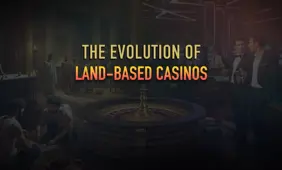
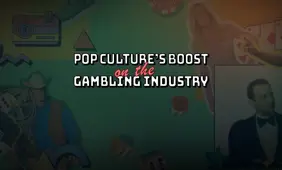
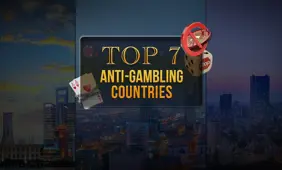
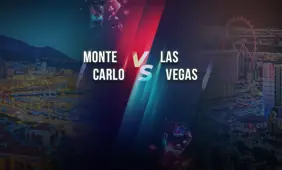
Review this Blog
Leave a Comment
User Comments
comments for Evolution of the Las Vegas Strip – From Dusty Deserts to Global Gambling Hub